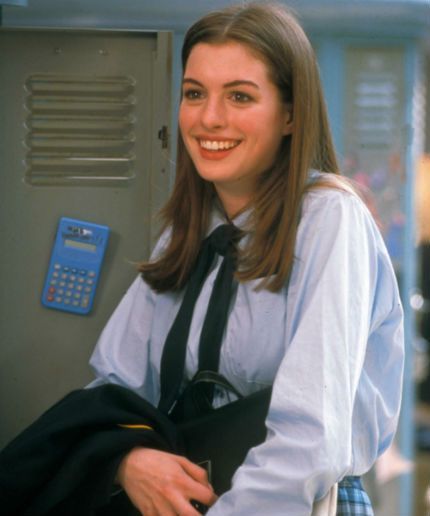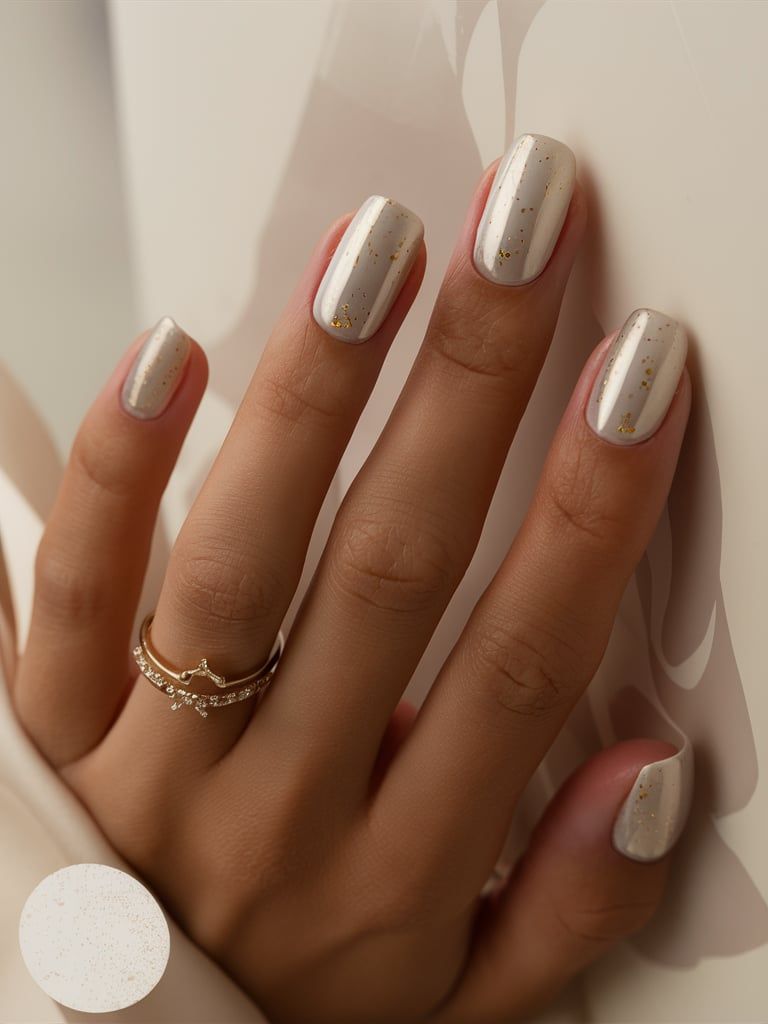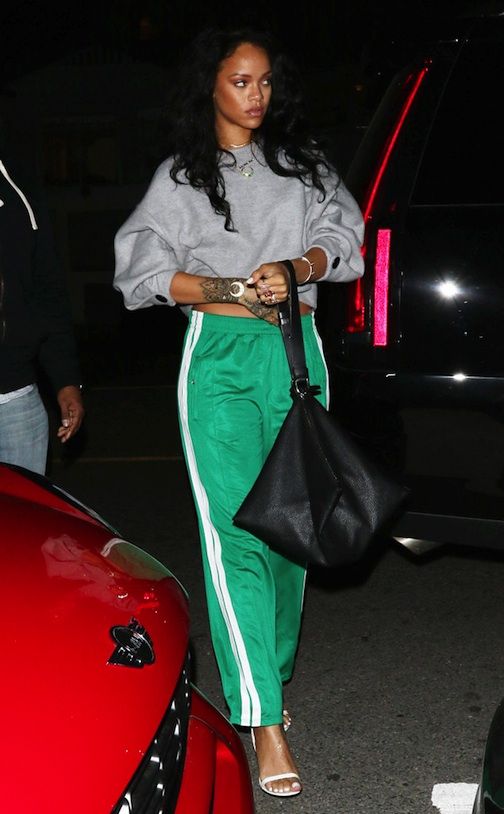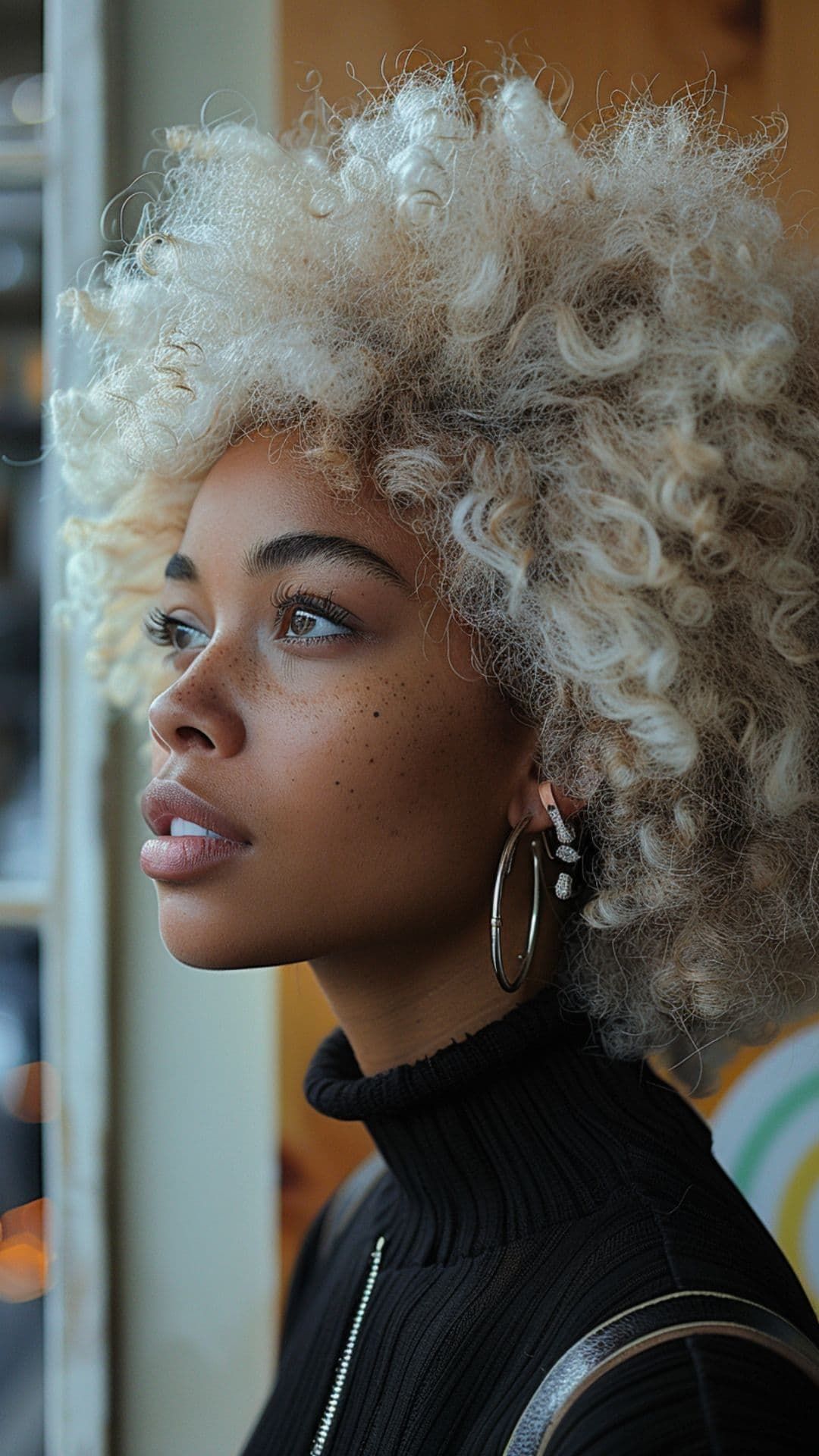Introduction
Movie makeovers have long been a staple in Hollywood films, with characters undergoing dramatic physical transformations to achieve a more desirable appearance. While these makeovers are often seen as feel-good moments in movies, they actually send a troubling message about beauty standards and self-worth.
1. Unrealistic Expectations
One of the main problems with movie makeovers is that they set unrealistic expectations for viewers. These makeovers typically involve extreme changes to a character’s appearance, such as losing weight, getting a new wardrobe, and undergoing drastic hair and makeup transformations. In reality, these types of makeovers are not only time-consuming and expensive, but they also rarely result in the same dramatic changes seen in movies. This can lead viewers to feel dissatisfied with their own appearances and constantly strive for unattainable beauty standards.
2. Reinforcing Beauty Standards
Movie makeovers often focus on conforming to traditional beauty standards, with characters being transformed into more conventionally attractive versions of themselves. This sends the message that in order to be considered beautiful or desirable, one must fit a specific mold. This can be harmful for viewers who do not fit into these narrow beauty standards, leading to feelings of inadequacy and a negative body image.
3. Devaluing Inner Beauty
Another issue with movie makeovers is that they place too much emphasis on external appearance, often at the expense of a character’s inner qualities. Characters who undergo makeovers are typically portrayed as becoming more confident, successful, and likeable as a result of their physical transformations. This sends the message that beauty is more important than intelligence, kindness, or other inner qualities, which can be damaging to viewers who prioritize inner beauty over outward appearances.
4. Perpetuating Gender Stereotypes
Movie makeovers often reinforce gender stereotypes, with female characters in particular being subjected to makeovers that focus on their physical appearance and attractiveness. These makeovers can perpetuate the idea that a woman’s worth is tied to her looks, and that she must conform to a certain standard of beauty in order to be successful or happy. This can have a negative impact on viewers, especially young girls, who may feel pressured to prioritize their appearance over other aspects of their identity.
5. Lack of Diversity
Movie makeovers also tend to lack diversity, with characters from marginalized groups often being excluded from these transformation narratives. This can send the message that only certain types of people are deserving of makeovers or that only certain types of appearances are considered desirable. By failing to represent a diverse range of beauty standards, movie makeovers can further marginalize already underrepresented groups and perpetuate harmful stereotypes about beauty and worth.
Conclusion
While movie makeovers may be seen as entertaining moments in films, they actually send a harmful message about beauty standards and self-worth. These makeovers set unrealistic expectations, reinforce narrow beauty standards, devalue inner qualities, perpetuate gender stereotypes, and lack diversity. By being more mindful of the messages portrayed in movie makeovers, viewers can begin to challenge these harmful narratives and embrace a more inclusive and accepting definition of beauty.
You can review our digital products by following us on Etsy.





